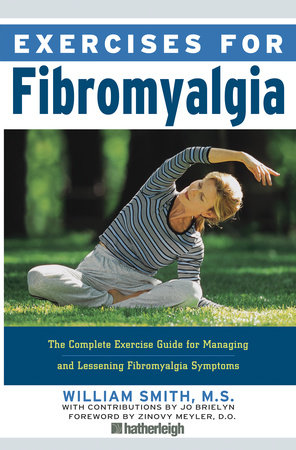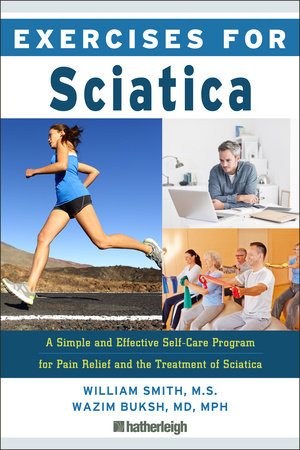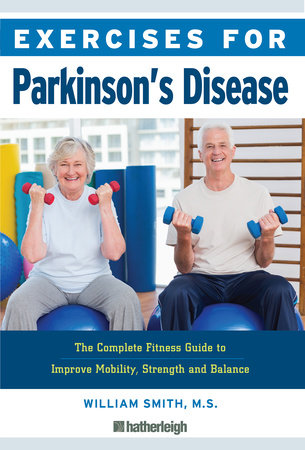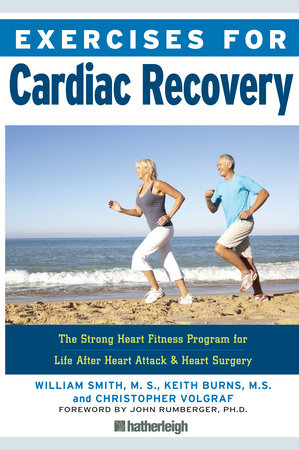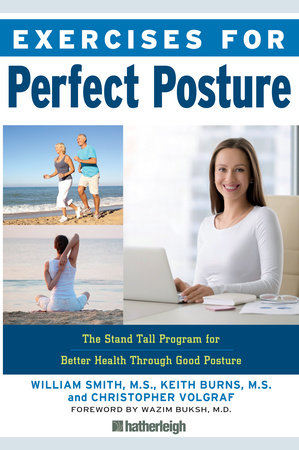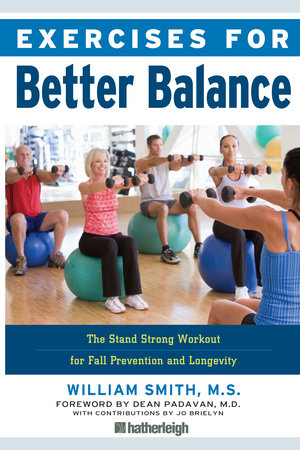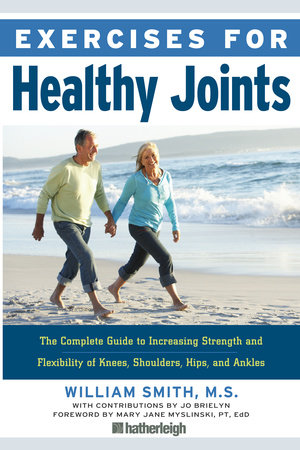Excerpt
Exercises for Fibromyalgia
Foreword It hasn’t been that long since the diagnosis of fibromyalgia was similar to saying to a patient, “I don’t know what is wrong with you, but you’re in pain.” Fibromyalgia has been studied for a long time and descriptions of the syndrome appear in medical literature as early as the 1800s. Throughout history, there are accounts of people with symptoms that are strikingly similar to what we diagnose today as fibromyalgia. Some historians believe that early accounts of symptoms of widespread pain and sleep disturbances can be found in the Old Testament. For several centuries, widespread pain was called rheumatism, then muscular rheumatism. In the early 1900s, the term fibrositis replaced previous names and only in 1976 did we start using the term fibromyalgia to denote the many facets of this syndrome. It was not until the 1980s that we began to find evidence that there is a connection between fibromyalgia and other similar conditions.
In 2007, the first FDA-approved medication for the treatment of fibromyalgia became available. Since then, the research has been ongoing and shows significant promise for practitioners (like myself) and, more importantly, for patients whose lives have been altered by the syndrome. As our understanding grows, there is also some growth of controversy regarding the methods of treatment as well as those applied to the research itself. However, one approach has been able to stand the test of time and science, and that approach is exercise. Of course, people with fibromyalgia face unique challenges when it comes to exercise. Whereas some people can “grin and bear it” and “exercise through the pain,” people with fibromyalgia know all too well that you can’t simply work through it, or you will often pay the price with a fl are of pain later.
Studies consistently show that exercise helps restore the body’s neurochemical balance, boost energy, restore sleep, and overall improve the emotional state. As medical practitioners, we see both great results with exercise and, at times, aversion to it due to a negative prior experience and exacerbation of symptoms. It is this double-edged sword that patients and we as physicians face in using therapeutic exercise in the treatment of fibromyalgia. On the one hand, exercise is another form of exertion for someone who already has decreased endurance, fatigue, and disturbed sleep. For someone with fibromyalgia, to take on an exercise routine means overcoming the above barriers, only to face the next question: How do I exercise so that I get the benefits without getting the unwanted increase in fatigue and pain? What are the appropriate exercises and where do I start?
In
Exercise for Fibromyalgia, prominent trainer, author, and rehabilitative specialist William Smith has put forth a book that details the theory of exercise in the context of the treatment of fibromyalgia. Medicine as a whole is beginning to combine clinical experience with empirical evidence, showing the science behind the wonder of appropriate therapeutic exercise. Will’s efforts in combining clinical experience and scientific knowledge provide a practical application of exercise in treatment of this syndrome. It is a much-needed roadmap in the maze that can be fibromyalgia.
The book you are holding in your hands will prove an invaluable resource for the community that encompasses people diagnosed with fibromyalgia and for medical practitioners undertaking the treatment of people suffering from its multitude of symptoms. We are seeing more and more that this multifaceted syndrome requires an approach that is most in line with the physiology and biochemistry of our bodies. Appropriate exercise is the most efficient way to address this. This book will help you develop the exercise routine right for you and get you on your way to less pain and more gain!
—Zinovy Meyler, D.O
Co-Director, Interventional Spine Program
Princeton Spine and Joint Center


